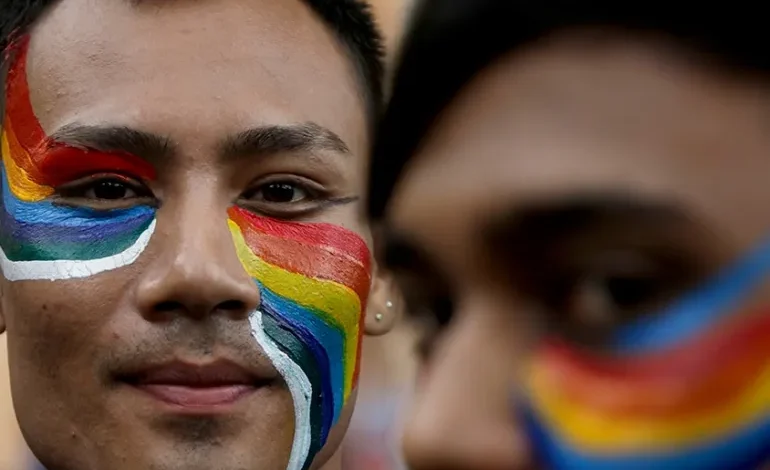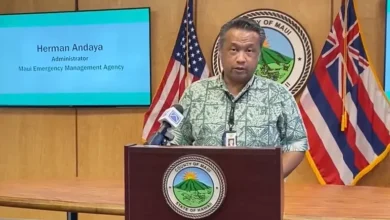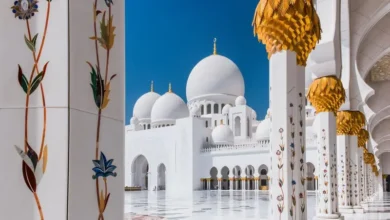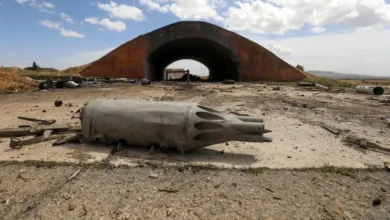Unpacking Indian Supreme Court’s verdict on same-sex marriage

India’s top court has declined to grant legal recognition to same-sex marriages, drawing criticism from LGBTQ rights activists, who dubbed the verdict “regressive”.
“The court has failed its duty to uphold the constitutional rights of the people of India not to be discriminated on the basis of their sexuality,” Pyoli Swatija, a lawyer at the Supreme Court, told Al Jazeera.
The story has made front-page headlines in the socially conservative country – the world’s most populous – over the past year, sparking furious debates online. India’s LGBTQ community has long felt like second-class citizens, facing opprobrium from the government, religious leaders and conservative elements of society.
In the court earlier this year, Prime Minister Narendra Modi’s government cast arguments in favour of extending rights as “urban, elitist views”, stating that gay marriage is “not comparable to the Indian family unit concept” comprising a husband, wife and children.
So where do same-sex couples stand after the court ruling?
What did the Supreme Court rule?
Tuesday’s ruling followed a petition arguing that the failure to recognise same-sex unions violated LGBTQ people’s constitutional rights.
While the court stopped short of allowing equal marriage, it recognised the rights of gay couples.
The ruling means that Indians will now be free to engage in same-sex relationships, assured of constitutional protection. But marrying someone of the same sex remains forbidden.
Chief Justice DY Chandrachud, who headed the five-judge bench that passed the judgement, said the right to choose a partner was the most important life decision. “This right goes to the root of the right to life and liberty under Article 21 [of India’s constitution],” he said.
“There cannot be any doubt that there is a choice to have a life partner,” said Justice Ravindra Bhat.










